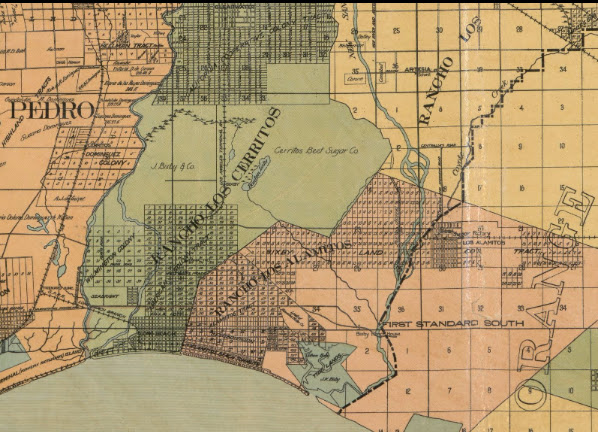| English: PENSACOLA, Fla. (Dec. 11, 2010) Wreaths are placed at Barrancas National Cemetery to honor fallen veterans as part of a Wreaths Across America ceremony. Wreaths Across America began at Arlington National Cemetery almost 20 years ago and has spread across the country as a means to honor America's fallen heroes. The effort's motto is Remember, Honor and Teach. (U.S. Navy photo by Steve Vanderwerff/Released) (Photo credit: Wikipedia) |
| It is a tradition to bring candles to graves on Christmas - thousands and thousands of candles fill the cemeteries during Christmas. The cemeteries are full of candles and people remembering their relatives and friends also on All Saints' Day. (Photo credit: Wikipedia) |
Those who document cemetery history note that most
cemeteries are their busiest on Memorial Day and Christmas Eve and Christmas
Day.
Military graves are often decorated with wreaths and bright
red bows provided by a volunteer organization: Wreaths Across America.
In the Southwest it has been a tradition that on Christmas
Eve, families visit their departed in local cemeteries. In New Mexico, luminaries
(lights in paper bags) light the graves. Some families bring traditional foods
and eat before they leave. Others stay long enough to sing Christmas carols.
In east coast cities, florists sell "pillows and
blankets" made of Christmas trees and decorations that can be placed on
the graves. Masses are said in cemeteries in Buffalo, New York in order to
allow families to "gather and share memories."
In Long Beach, All Souls and Forest Lawn Long Beach, have
many graves that are festively decorated with small trees and other regalia symbolizing
Christmas. Some families set up a small sun shade and bring music and sit for
hours at the grave of a loved one -- especially that of a child.













